AMTI News Archive 2019
December 2019
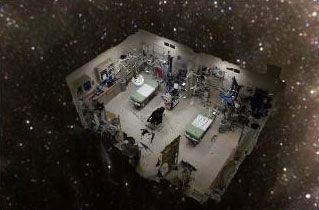
Two years ago, Madigan Army Medical Center’s (MAMC) Emergency Medicine Research Department initiated a project to create a realistic trauma simulator in immersive virtual reality (IVR). Similar to a pilot’s flight simulator, the Trauma Simulator is a free-play virtual reality training platform capable of training military medical personnel through dynamic physiologic responsive simulations that allow decision-training without an instructor. The primary focus was on decision training (i.e., cueing) when to initiate a blood transfusion, place a chest tube, or complete a cricothyrotomy.
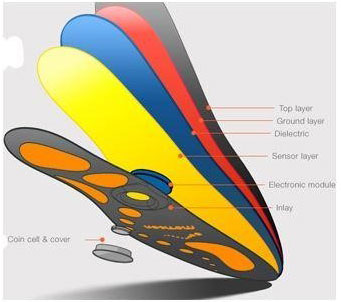
Health care costs for running related musculoskeletal injury in the AMEDD exceed $560 million annually. The majority of these injuries are overuse in nature. TATRC’s AMTI program funded a project to further research these injuries called the “Feasibility of Wearable Devices to Measure and Monitor Changes in Gait Characteristics during Running”. Ms. Holly Pavliscsak, AMTI’s Program Manager stated, “This project highlights the AMTI programs’ continued support of projects that reinforce TATRC’s overall mission to fuse data, humans, and machines into solutions that optimize warfighter performance and casualty care.”
September 2019
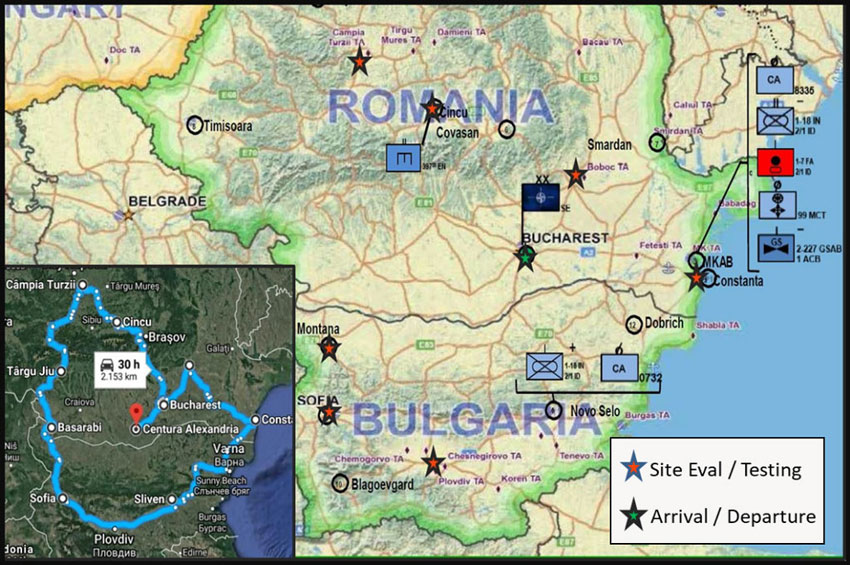
The Agile Network Connectivity for Mobile Medics was an AMEDD Advanced Medical Technology Initiative (AAMTI) Rapid Innovation Fund (RIF) project that tested the use of a commercial off-the-shelf mobile broadband kit (MBK) by 4K Solutions to leverage both T-Mobile and AT&T cellular networks in the continental United States (CONUS) and four commercial “pay as you go” SIM cards in Europe and outside the continental U.S. to support synchronous virtual health and the mobile medic mission.

According to military statistics, approximately 1,000 active duty service members are diagnosed with cancer on an annual basis with nearly $250 million per year spent on their treatment. After completion of initial cancer care, patients then transition to survivorship.
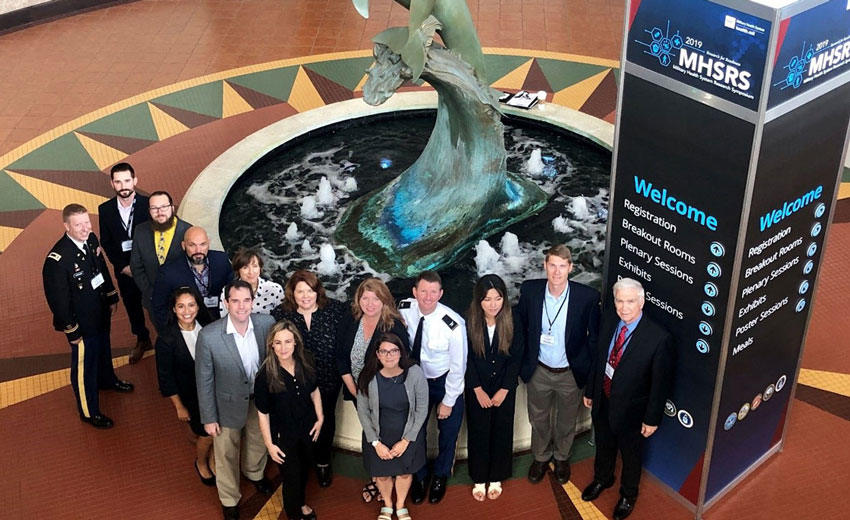
Team TATRC made their way to the sunshine state in Kissimmee, Florida from 19 – 23 August for the MHS Research Symposium (MHSRS). The Annual MHSRS, held at the Gaylord Palms Resort & Convention Center, is the Department of Defense’s premier scientific meeting that focuses on Combat Casualty Care (CCC).
June 2019
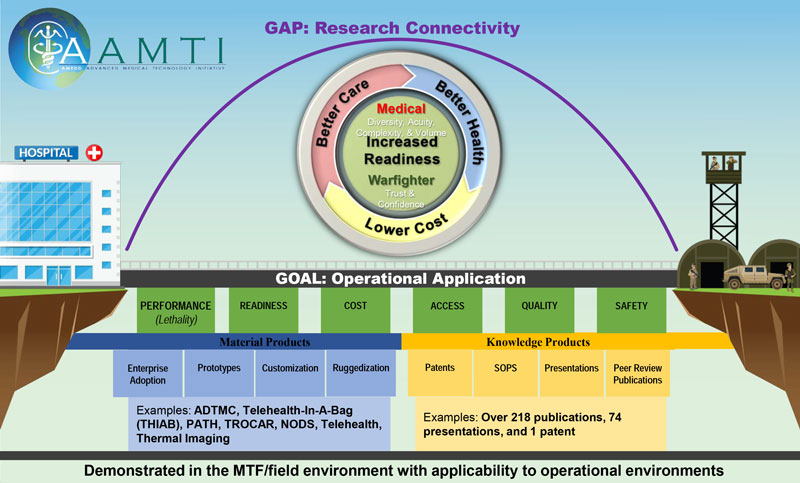
In FY99 (and each year thereafter), the Army Surgeon General, through the U.S. Army Medical Research and Development Command’s (USAMRDC) TATRC, provided a $5M special appropriation of DHP O&M funds to enable technology demonstrations throughout the AMEDD.
March 2019
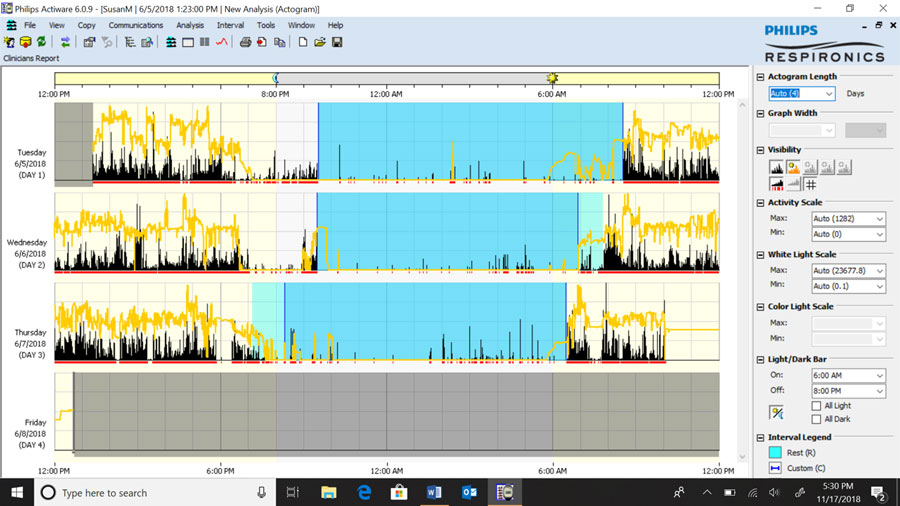
Sleep dysregulation is a common symptom of numerous behavioral health conditions. Research suggests that treating sleep dysregulation can help improve not only the sleep of the patient, but improve the primary behavioral health condition of which the sleep dysregulation is a symptom.
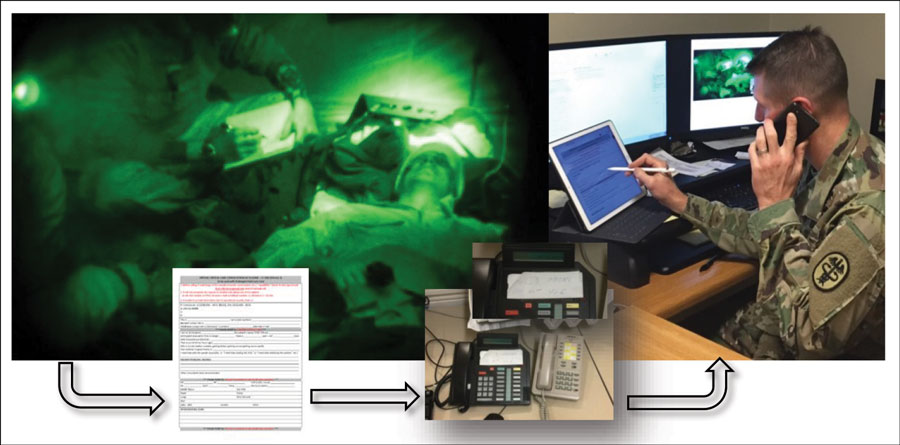
The project previously known as the ADvance VIrtual Support for Special OpeRations (ADVISSOR) is an AMEDD Advanced Medical Technology Initiative (AAMTI) funded effort that has just completed.

Insufficient and disturbed sleep are signature injuries of the Global War on Terror. The unrelenting operational tempo of military life, combined with non-traditional work schedules and high stress, all contribute to a culture of chronic sleep loss.

FORT BRAGG, N.C. — The Army is one step closer to increasing the ability of non-surgical medical personnel in remote locations to potentially save the lives of severely injured Soldiers thanks to continuing efforts by the U.S. Army Special Operations Command (USASOC), Womack Army Medical Center and the U.S. Army Medical Research and Materiel Command – Telemedicine and Advanced Technology Research Center (TATRC).